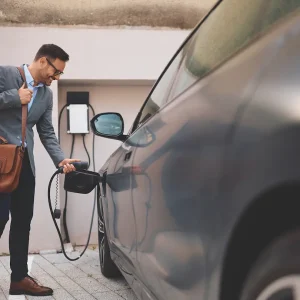The arguments in favour of fuel cards reached their peak last summer when fuel prices were rocketing. But now that stability has returned, Tom Webster questions whether they still have a pivotal role to play
Fuel was the number one topic for anyone involved in running fleet cars last summer, as rapidly rising pump prices increasingly impacted upon the everyday costs of operating a business.
Seeing an opportunity, many fuel card companies took advantage of the volatility to champion their products as a powerful weapon in the battle to keep a lid on costs.
But now that petrol and, to a lesser extent, diesel, have returned to a manageable level, can a case still be made for fuel cards?
Card control
Fuel cards are a simple principle. Sized and shaped like a credit card, they can be assigned to a particular driver, vehicle or even left open for general use within a company.
Like a credit card, purchases are made and the balance is settled later; unlike a credit card, restrictions can be placed on what can be bought. When entering the forecourt shop, drivers’ purchases can be limited to simply fuel or extended to allow car-related items such as oil or windscreen-washer fluid.
Cards, therefore, give the fleet manager a great deal of information – such as where and how often a driver is filling up and which drivers have a heavy right foot – and as a result control over re-fuelling, which is invaluable at any time regardless of what’s happening with petrol and diesel prices.
There are bonus benefits, too, particularly if a company has an environmental policy.
“A fuel card’s usefulness for tracking CO2 and efficiency, and defining carbon footprints is undeniable,” says Graham Rees, boss of fleet consultancy business Fleetworx, who also has a suggestion for encouraging efficient driving.
Rather than just punishing drivers who fail to hit the manufacturers’ combined consumption figures, Rees says companies can take a more imaginative approach.
An effective driver movement logging system can be used to work out how many of a driver’s miles are work-related and which are private.
The driver can then be charged for their private fuel on a percentage basis, the idea being that they will be more inclined to keep their whole monthly expenditure down. For example, if they drive as many private miles as they do for business and know they’ll be charged half their monthly fuel bill, the incentive is there to keep the total as low as possible throughout the month, rather than just on private time.
It’s estimated 40-50% of company cars are filled by fuel card, and those in favour of them claim they make…





